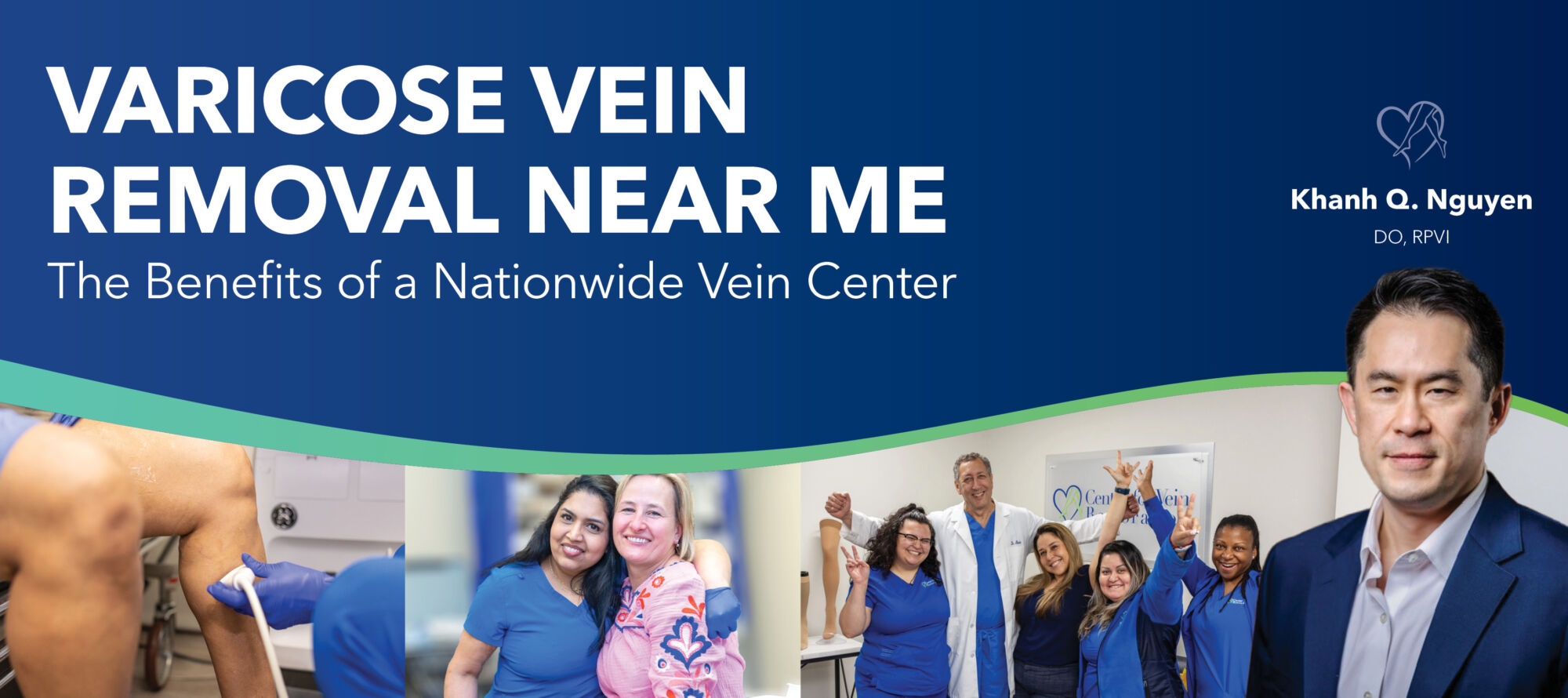

53-year-old female with bilateral lower extremity pain and swelling and a non-healing right medial ulcer for over one year Center for Vein Restoration Physician: Peter J. Pappas, MD

59-year-old male with chronic venous hypertension with pre-ulcerative changes Center for Vein Restoration Physician: Zoe Deol, MD, FACS, DABVLM

Chronic venous insufficiency (CVI) is the most common vascular disease in the United States, affecting more than 40 million people. CVI is a progressive, potentially serious, and complex condition that will not go away on its own. It occurs more frequently in people over age 50 than those who are younger.

During this second installment, Center for Vein Restoration (CVR) vein doctor Normand Miller, MD, FACS, RPVI, RVT, discusses why it is imperative to educate men about what vein disease is. He stresses that treatment is minimally invasive and requires only local anesthesia with little to no downtime.

Men make up approximately 50 percent of the population. However, only about 25 to 30 percent of patients seen for varicose vein treatment are male. Why is that, and what should men do if they experience the discomfort associated with varicose veins?

While varicose veins can only be completely removed with proper treatment from a vein specialist, there are a variety of things that you can do to improve circulation in your legs and minimize their appearance. These activities can be especially helpful if you experience pain or discomfort around the area where your varicose veins are present, as it is also possible to mitigate the symptoms associated with vein problems.

When it comes to vein health, the old saying “you are what you eat” certainly applies. Learn which foods are best for your veins — and which to avoid.

People often think varicose veins are simply a cosmetic issue, but they can actually be dangerous — making it critically important to see a vein specialist.